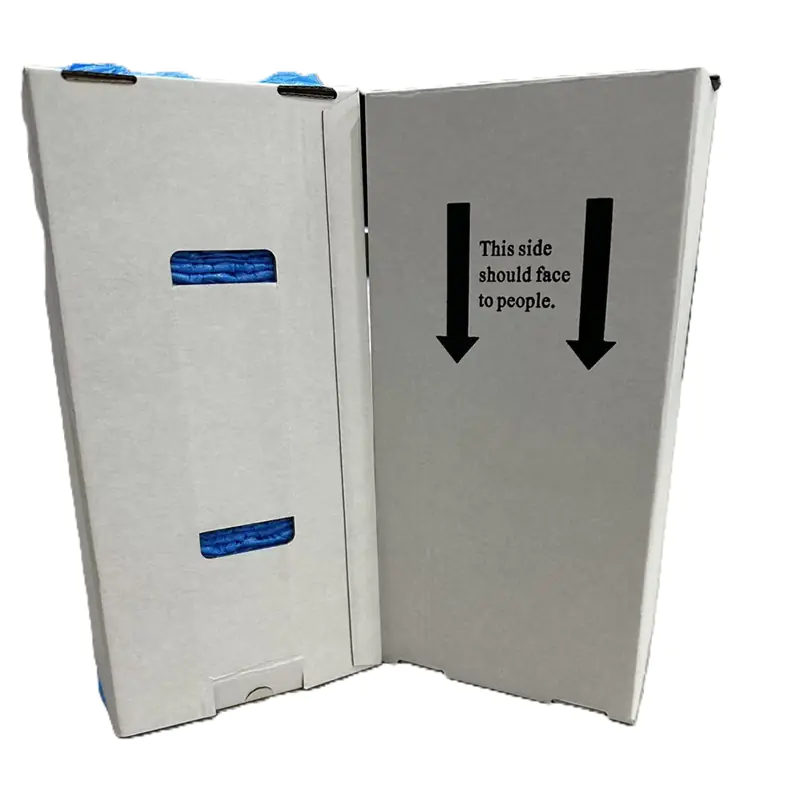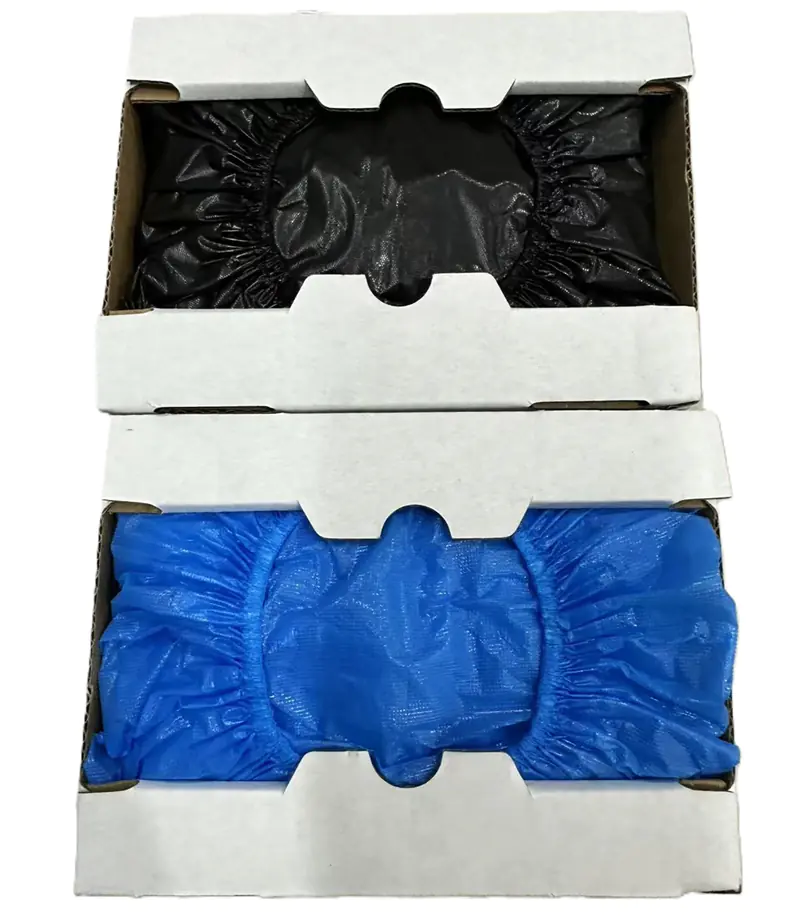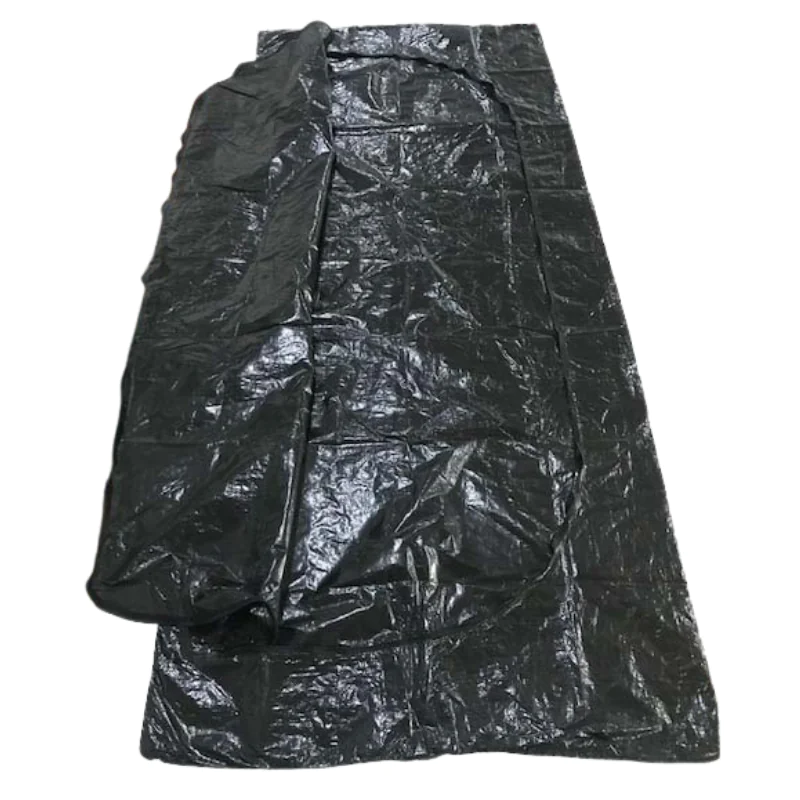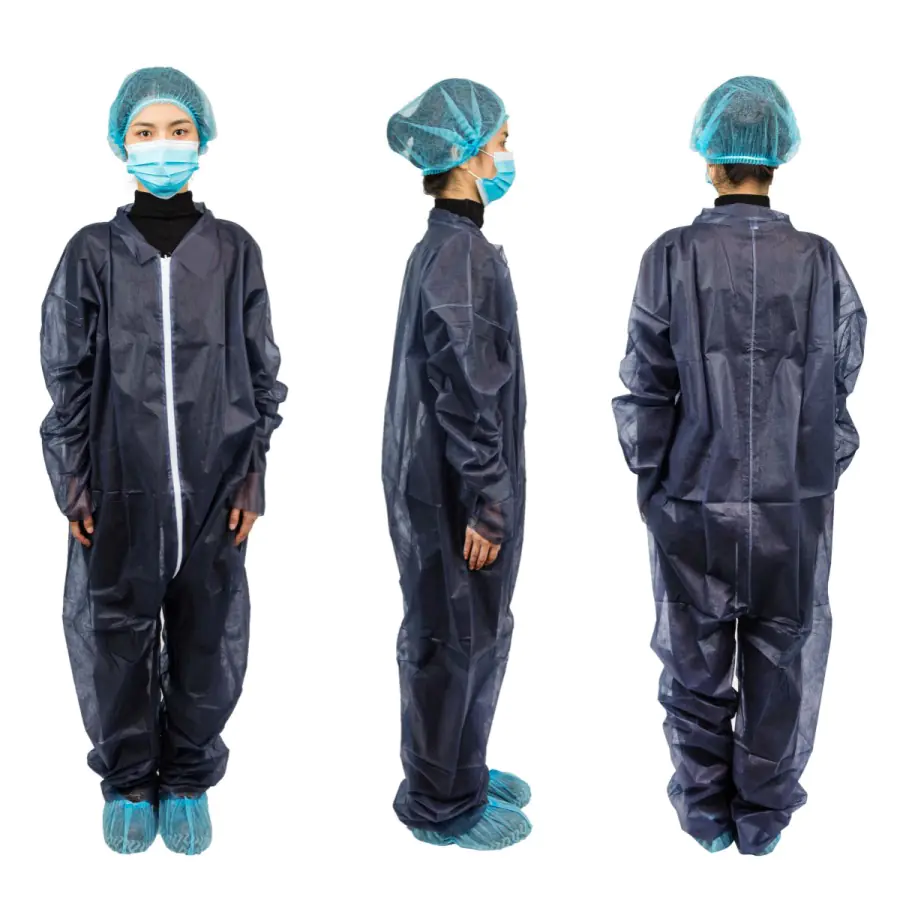In a healthcare facility, helping people is the number one job. The doctors and nurses who work there are called caregivers. They work very hard to keep every patient safe and comfortable. An important part of this work is patient handling. This means moving a person in their bed or to a new place. To do this job safely, caregivers use special tools called transfer sheets.
A transfer sheet is like a strong, slippery blanket. It helps with patient repositioning and patient transfer. This is very important for both patient safety and caregiver safety. Every healthcare facility must make a big choice. Should they use disposable transfer sheets that are used one time? Or should they use reusable transfer sheets that can be washed and used again? This is a key part of their decision-making. Let’s look at disposable vs. reusable sheets. This will help us see which one is the better choice for good patient care.
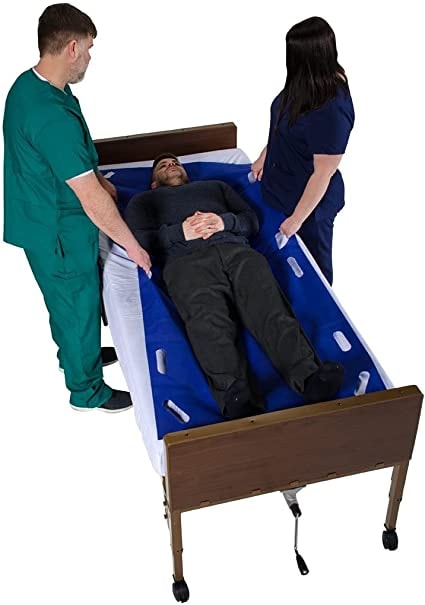
The Case for Disposable Transfer Sheets
A Focus on Hygiene and Infection Control
Disposable transfer sheets are made for single-patient use. This means each patient gets a brand new, clean sheet for themselves. After it is used one time, it is thrown away. This is the best way to keep things clean and safe for everyone.
In a hospital, stopping germs from spreading is a very important job. This is called infection control.
- No More Germs: Using a new sheet every time helps stop cross-contamination. This is what we call it when germs move from one person to another. A fresh sheet for each person makes sure this does not happen.
- Better Hygiene: This is a big part of good hygiene. It helps lower the risk of healthcare-associated infections (HAIs). These are sicknesses that a person can get while they are in the hospital.
- Peace of Mind: When caregivers and patients know the sheet is brand new, they can feel calm and safe.
This makes the disposable transfer sheet a powerful tool for safety in any hospital or clinic.
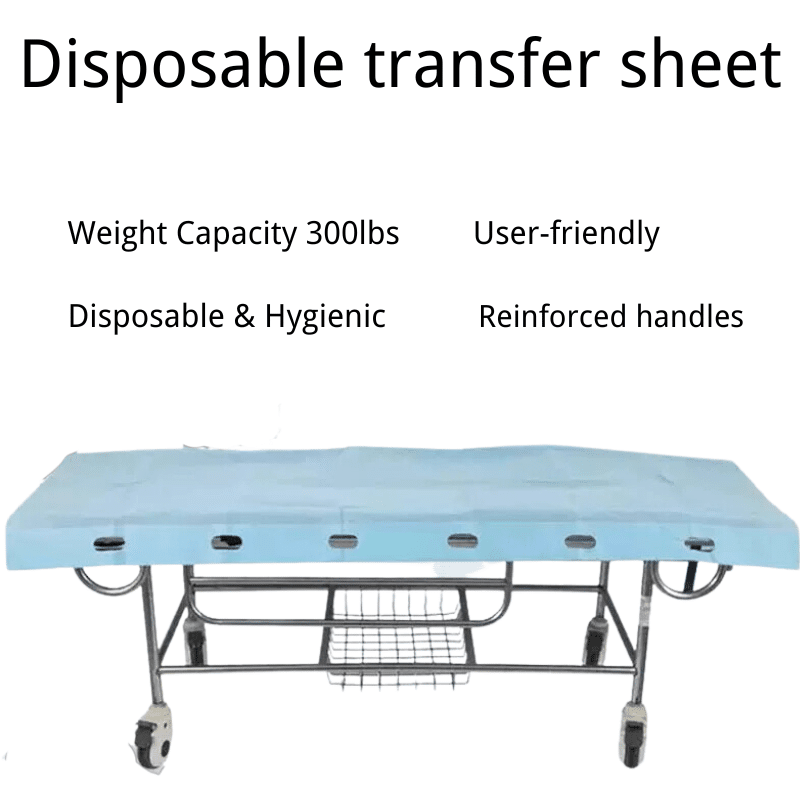
Making Work Easier and Saving Money
Disposable transfer sheets also offer a lot of convenience. They come ready to use, which helps the operational workflow run smoothly. This means things get done faster and easier. We call this better efficiency.
Now think about reusable transfer sheets. They have to be washed after every single use. This washing process is called laundering.
- No Laundry: With disposable sheets, there is no need for laundering. This saves a lot of time for the staff.
- Saving Money: The laundering costs for reusable sheets can be very high. A hospital has to pay for water, power for the machines, and special soap. These are often called hidden costs. With disposables, these costs are gone.
- Good for the Budget: The upfront cost to buy disposable sheets is often lower than the initial investment for reusable ones. When you add up all the savings from not having laundering costs, it is clear that disposables are a very cost-effectiveness choice. This helps a healthcare facility use its money for other important parts of patient care.
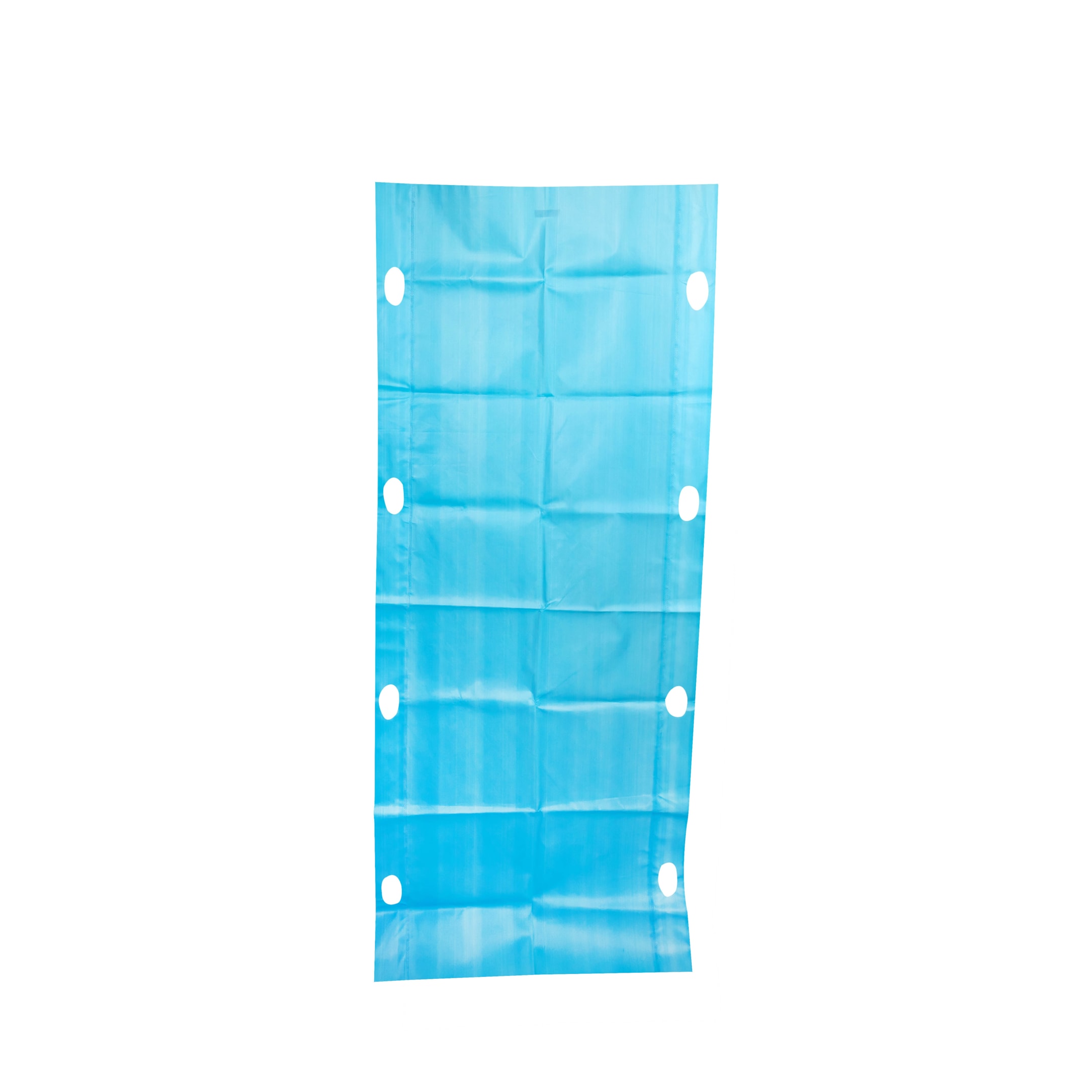
Looking at Reusable Transfer Sheets
Strong, But They Need a Lot of Work
So what about reusable transfer sheets? These sheets are made to be very strong. Their durability means they can last for a long time. They are designed for multiple uses, which means good longevity.
The biggest challenge with reusable sheets is the laundering processes. They need very careful and strict disinfection to be safe for the next patient. If they are not cleaned perfectly, they can hold on to germs. This can put patients at risk. They can also get wear and tear over time. Small rips or worn spots can make them harder to use and clean.
Some people talk about the environmental impact. Using something again and again sounds good for sustainability. But we also have to remember that washing uses a lot of water and energy. This also has an impact on our planet.
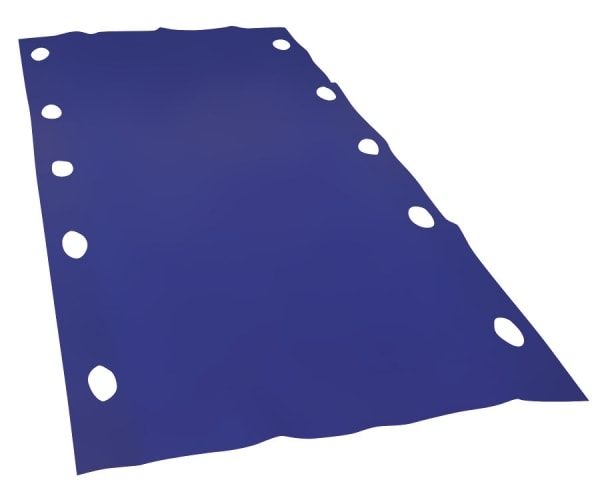
Comparing Them Side-by-Side
When you put the two kinds of sheets next to each other, you can see the differences clearly. This helps make an informed decision.
- Infection Control: Here, disposable transfer sheets are the clear winner. A brand new, single-patient use sheet is always the safest choice to stop germs.
- Safety and Comfort: Both types of sheets help with patient safety and caregiver safety. They are made from special low-friction material. This friction reduction makes it much easier to slide and move patients. This helps prevent caregiver injuries. For patient comfort, disposables are often made of soft non-woven fabrics. Many, like a heavy absorbency disposable transfer sheet, also have layers that can soak up liquid. This keeps the patient dry and comfortable.
- Functionality and Ease of Use: Both kinds have good functionality. They often come with handles to make patient handling easier. A disposable patient transfer slide sheet with handles is a great example of this ease of use. Because disposable sheets are so lightweight, they are easy for staff to carry, store, and use when needed.
- Cost: A full cost analysis shows a clear picture. Reusable sheets have a high initial investment. Then you have to add the laundering costs over and over again. Disposable sheets have no laundry costs. This makes them a very smart choice for the budget of any healthcare facility.

The Best Choice for Your Healthcare Facility
So, which one is better? When you look at all the facts, the choice becomes clear.
For any healthcare facility that wants the best infection control, better efficiency, and real cost-effectiveness, disposable transfer sheets are the superior option. They are made with excellent material composition. You can even find a Multi-layered Disposable Patient Transfer Sheet that is extra strong and safe.
They help improve the operational workflow. This makes the jobs of caregivers easier and safer. Most of all, they give the highest level of hygiene, protecting both patients and the staff who care for them. Choosing disposable patient transfer sheets is a strong step toward better and safer patient care for everyone.



